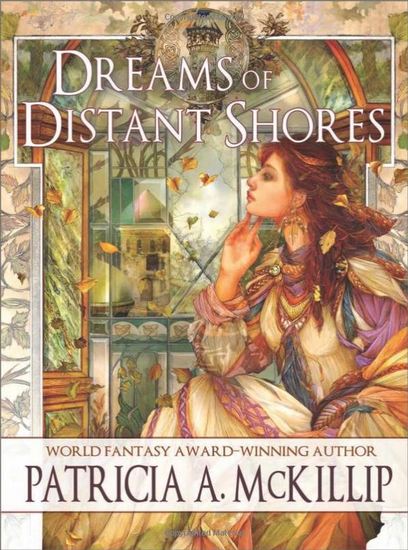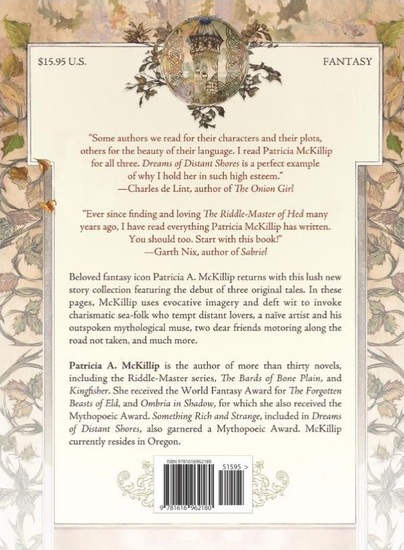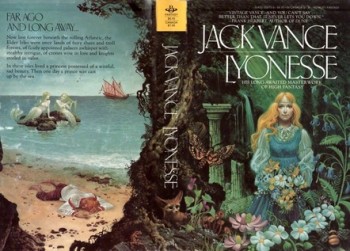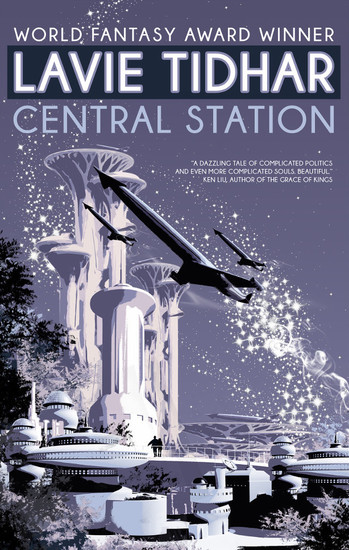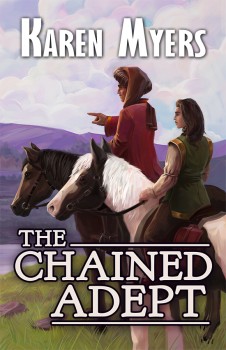Galaxy Science Fiction, May 1953: A Retro-Review

In the May, 1953 issue of Galaxy, Editor H. L. Gold opens with some thoughts on science fiction and the future. He writes:
Does good science fiction, then, pretend to describe the actual future? No, certainly not. Anyone who thinks so is missing the point… We’re having fun with ideas, making first this one and then that predominant just to see what might happen if.
“Wherever You May Be” by James A. Gunn — Matt Wright is heading to a hunting cabin in the Ozarks to write his thesis but has car problems. While he’s trying to get it running again, he finds a young woman named Abbie laughing at him. She ran away from home and hopes to go with Matt, but he’s not about to take in someone claiming to be 16 (she’s actually 18), so he takes her home to her father. Matt expects to find signs of abuse but finds the older man wants to be rid of his daughter — as though he’s afraid of her.
When Matt finally reaches the cabin (after getting lost a few times), he finds Abbie waiting for him. Given the late hour, he decides to let her stay. She tells him that sometimes things happen around her — objects moving as she thinks about them. Yet as he tests her abilities, she seems unable to do anything, unless she becomes upset.
Matt decides that she will be his new research paper, though she doesn’t know it. He could run all kinds of tests on her abilities. Except that it’s clear that she’s happy being with him — that she likes him. So he considers a way to enhance her powers — by breaking her heart.
I still can’t decide how I feel about this story, so I credit it with sticking with me. Abbie’s character anchors the entire story. But I just can’t stand Matt. And I don’t like the ending because I feel it cheapens Abbie’s character and pardons Matt. I think there are other ways that could have led to a similar conclusion without leaving me a bit jaded. Regardless, as I said, the story stuck with me, even with the ending (or maybe because of the ending).
